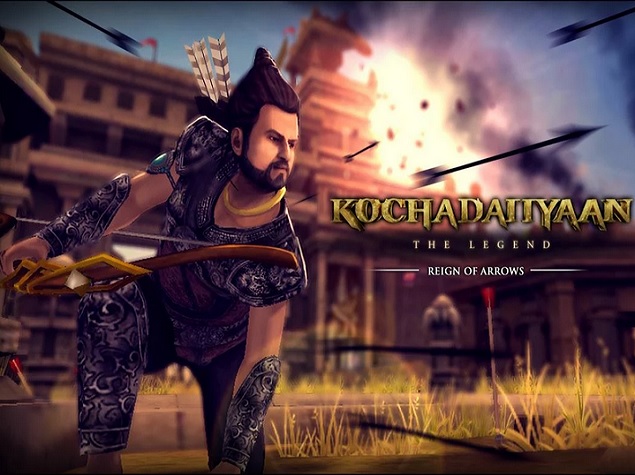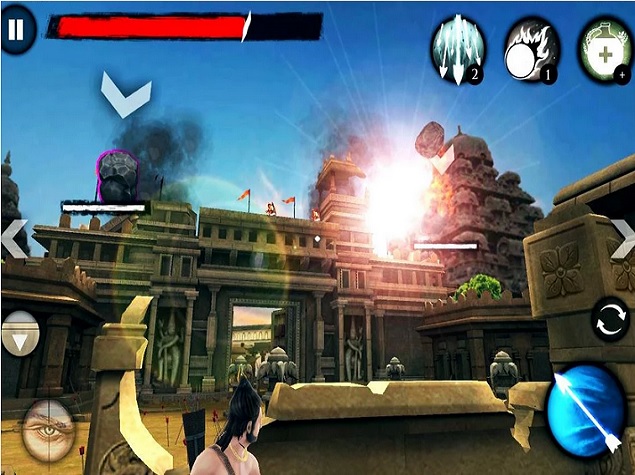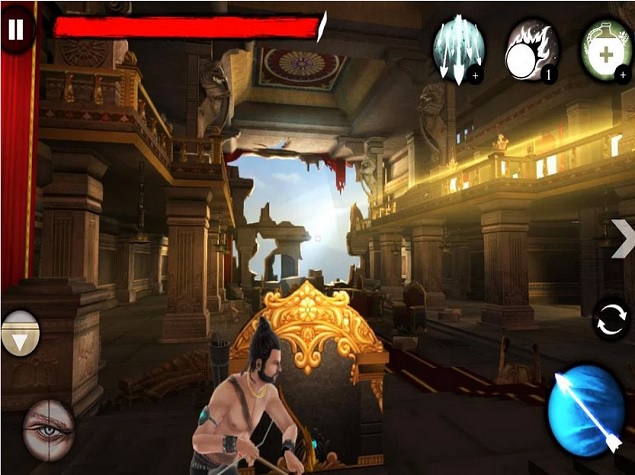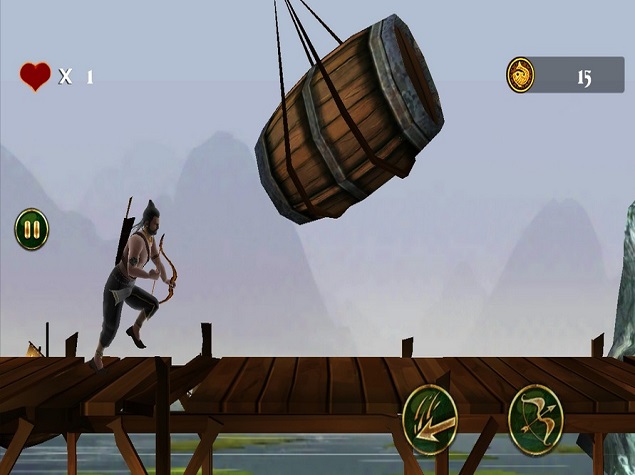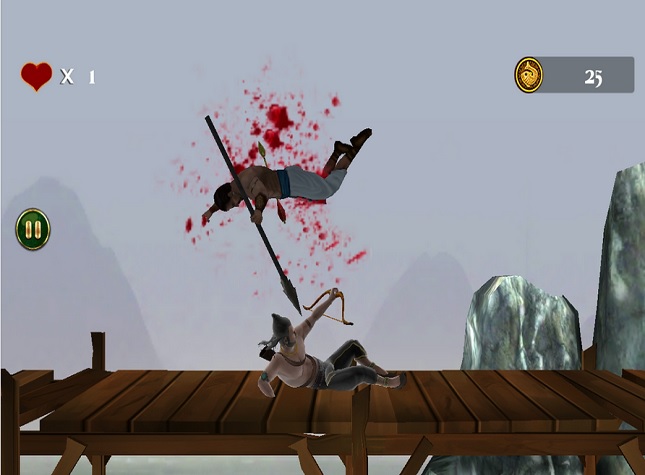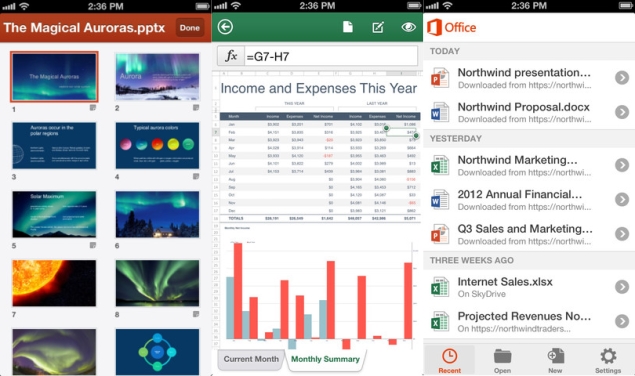
Here we go again.
Almost two years after Apple and Samsung faced off in a messy patent dispute, the smartphone andtablet rivals will return to the same San Jose, Calif., courtroom and appear before the same federal judge who presided over their 2012 case to argue once again over patents.
The trial, which begins March 31, is the latest in a long-running patent infringement spat that has involved jury trials, International Trade Commission disputes, and numerous international suits.
Apple and Samsung have accused each other of copying features used in their popular smartphones and tablets, and a jury will have to decide who actually infringed and how much money is due. This trial involves different patents and newer devices than the ones disputed at trial in August 2012 and in a damages retrial in November 2013.
The new trial involves the iPhone 5, released in September 2012, and Samsung's Galaxy S3, which also debuted in 2012.
But what's really at stake is the market for mobile devices. Apple now gets two-thirds of it sales from the iPhone and iPad, South Korea-based Samsung is the world's largest maker of smartphones, and both want to keep dominating the market.
So far, Apple is ahead. In 2012, the jury in a month-long trial presided over by Judge Lucy Koh, sided with Apple. The damages retrial in November of 2013 also favored Apple. Samsung so far has been ordered to pay Apple nearly $1 billion in damages for infringing its patents.
To get a better understanding of what's at stake and what the patent war is all about, CNET put together this FAQ.However, Samsung has had more success outside the US, and Apple hasn't succeeded in receiving a sales ban on Samsung products in the U.S. -- something that could cause bigger problems for the maker of the iPhone and iPad.
When did all this litigation start?
Apple initially filed suit against Samsung in April 2011, accusing its rival of copying the look and feel of its iPhones and iPads. Samsung countersued, and the case went to trial in August 2012. A nine-person jury sided with Apple on a majority of its patent infringement claims against Samsung. It awarded Apple $1.05 billion in damages, much less than the $2.75 billion sought by the Cupertino, California company. Samsung, which asked for $421 million in its countersuit, didn't get anything.
However, Judge Koh in March 2013 ordered a new trial to recalculate some of the damages in the case, striking $450.5 million off the original judgment against Samsung. A jury in November awarded Apple an additional $290.5 million in damages, bringing the total damages to $930 million.
What is this 2014 trial about?
Apple filed suit against Samsung on Feb. 8, 2012, accusing it of infringing several patents. Samsung then filed counterclaims against Apple. In Apple's original suit, the company said Samsung "has systematically copied Apple's innovative technology and products, features, and designs, and has deluged markets with infringing devices in an effort to usurp market share from Apple." Apple will argue, as it has in the past, that it took on a lot of work and risk to develop the first iPhone and iPad.
Samsung, meanwhile, will argue that Apple is trying to hurt competition by targeting it for litigation. It also claims that Apple has infringed some of its patents. "Without the ability to enforce its intellectual property rights ... Samsung would not be able to sustain the extensive commitment to research and development that has enabled it to lead the way into numerous improvements across a broad range of technologies," the company said in a court document in April 2012.
APPLE V. SAMSUNG 2014: THE GADGETS IN QUESTIONSEE FULL GALLERY
What's different this time around?
Along with different patents and different devices, this trial has some interesting new facets. One is that most Samsung features that Apple says infringe are items that are a part of Android, Google's mobile operating system that powers Samsung's devices. All patents except one, called "slide to unlock," are built into Android.
Why doesn't Apple just sue Google?
Suing Google wouldn't get Apple anywhere since Google doesn't make its own phones or tablets. Instead, Apple has sued companies that sell physical devices using Android, a rival to Apple's iOS mobile operating system. In particular, Apple believes Samsung has followed a strategy to copy its products and then undercut Apple's pricing. While Apple isn't suing Google, it expects that Google will make changes to its software if Samsung is found to infringe on patents through Samsung's Android devices.
Samsung, however, will argue that Google had invented those features before Apple patented them. It plans on calling Google engineers to the stand to back up its assertion.
What patents does the trial involve?
There are seven patents at issue -- five held by Apple and two by Samsung. Both companies wanted to include more patents in their suits, but Judge Koh limited the number.
Apple has accused Samsung of infringing US patents Nos. 5,946,647; 6,847,959; 7,761,414; 8,046,721; and 8,074,172. Patents are often referred to by their last three digits, so Apple's patents typically will be called the '647, '959, '414, '721, and '172 patents.
The '647 patent covers "quick links," which do things like automatically detect data in messages that can be clicked. The '959 patent covers universal search, such as what Apple uses in Siri. Patent No. '414 involves background syncing, such as syncing calendars, email, and contacts. The '721 patent covers slide-to-unlock, the motion used to unlock the home screen. And '172 covers predictive text. Overall, Apple will argue that the patents enable ease of use and make a user interface more engaging.

Samsung, meanwhile, has accused Apple of infringing US patents Nos. 6,226,449 and 5,579,239, or in shorthand, '449 and '239.
The '449 patent, which Samsung purchased from Hitachi, involves camera and folder organization functionality. The '239 patent, which Samsung also acquired, covers video transmission functionality and could have implications for Apple's use of FaceTime.
What gadgets does this cover?
Unlike the previous infringement suit, this one covers gadgets that are actually still in the market and have sold in high numbers. Apple has included Samsung's Galaxy Note 2 and Galaxy S3 on its list of infringing devices, while Samsung has accused the iPhone 5, iPad Mini, and many other devices of infringement.
Here's the full list and the patents each is accused of infringing:
Samsung products that Apple says infringe on its patents:
1. Admire: '647, '959, '414, '721, '172
2. Galaxy Nexus: '647, '959, '414, '721, '172
3. Galaxy Note: '647, '959, '414, '172
4. Galaxy Note II: '647, '959, '414
5. Galaxy S II: '647, '959, '414, '721, '172
6. Galaxy S II Epic 4G Touch: '647, '959, '414, '721, '172
7. Galaxy S II Skyrocket: '647, '959, '414, '721, '172
8. Galaxy S III: '647, '959, '414
9. Galaxy Tab 2 10.1: '647, '959, '414
10. Stratosphere: '647, '959, '414, '721, '172
Samsung has accused the following products of infringement:
1. iPhone 4: '239, '449
2. iPhone 4S: '239, '449
3. iPhone 5: '239, '449
4. iPad 2: '239
5. iPad 3: '239
6. iPad 4: '239
7. iPad Mini: '239
8. iPod Touch (5th generation) (2012): '449
9. iPod Touch (4th generation) (2011): '449
What happens to the other court rulings?
Nothing. Those still stand and remain under appeal. Samsung will try to find select a jury that hasn't heard of the previous litigation. Apple, however, will want people to know that it has accused Samsung of infringement before and that it has been successful in its previous suits.
It will be held in the United States District Court for the Northern District of California in San Jose. The case is No. 5:12-cv-630.Where does the trial take place?
How long will the trial last?
Each side has been allotted 25 hours for direct examination, cross-examination, and rebuttal. Then the jury deliberates. It has come back quickly with verdicts in the past, but there's no way to predict what happens this time around. Court will only be in session on Mondays, Tuesdays, and Fridays, which means the trial likely will end early in May.
Will the companies settle?
Unlikely, but we can always hope.
How much money is at stake?
A lot. Apple and Samsung are both asking for damages for the other's accused infringement. Apple wants about $2 billion from Samsung. Samsung, meanwhile, is asking for much less because it believes royalties shouldn't be so high. The company wants about $7 million in royalties for Apple's accused infringement ($6.78 million for the '239 patent and $158,400 for the '449 patent), according to a court document viewed by CNET. The companies will give more detailed information about requested damages, including the amounts requested for lost profits and royalties, likely during their opening arguments.
Apple has argued at pretrial hearings that if the two parties had negotiated royalties, Samsung would have paid an average of $40 per device for the use of five Apple software patents. That level has been deemed extremely high by experts such as Florian Mueller of the popular blog Foss Patents
The most typical way to determine royalties stems from 1970's "Georgia-Pacific Corp. vs. United States Plywood Corp." In that ruling, the court determined a jury/judge would have to make up a hypothetical scenario where the two companies were forced to negotiate royalties at the time the infringement began. In this latest Apple vs. Samsung trial, the infringement began at the same time Apple was suing Samsung for other infringement (August 2011).
Apple is expected to argue that it would have had to negotiate with Samsung while it also was pursuing other cases and while it knew Samsung was copying its devices and hurting its profits. The company would try to get as much money as it could from Samsung in that scenario -- one where it was forced to do something completely against its nature (settle with Samsung).
Samsung, however, will argue that the rate Apple is requesting is unreasonable and is much higher than what it has granted other companies, such as Motorola. Samsung also will argue that its damages request is more reasonable.
INSIDE THE APPLE V. SAMSUNG COURTROOM (SKETCHES)SEE FULL GALLERY
What does this mean for consumers?
As with all the patent trials between Apple and Samsung, this trial may not mean much to consumers. However, this time around, the accused devices are some still sold by the companies. Apple has included the Galaxy S3, Samsung's extremely popular smartphone, on its list of infringing products, while Samsung has accused the iPhone 4S. In a worst case scenario, the losing company would face a sales ban. If Google is forced to make changes to Android because of a ruling in favor of Apple, however, that's something consumers could see in their devices.
What does this mean for Apple and Samsung?
As in previous trials, this isn't really about the damages. Both Apple and Samsung generate billions of dollars a year in profits. For Apple, the trial is about pride in its inventions and protecting its position in the market. For Samsung, it's about proving the company is an innovator in its own right. Beyond that, the trial could set precedence for other patent infringement cases in the new mobile world.
Who could be called as witnesses?
Most of the witnesses will be experts asked to argue the validity of the patents, but we'll also see some big names in the courthouse. Samsung plans to call Phil Schiller, Apple's head of marketing, to talk about design, development, promotion, marketing, advertising, consumer demand for, and sales of Apple's devices. The company is also set to call Todd Pendleton, chief marketing officer of Samsung Telecommunications America, to testify about Samsung's brand and advertising efforts for devices such as the Galaxy S3.
Other potential witnesses for Samsung could include Samsung Telecommunications America Chief Strategy Officer Justin Denison; Dale Sohn, Samsung executive adviser and former president and CEO of Samsung Telecommunications America; Google programmers and engineers; and various Apple executives. Scott Forstall, Apple's former head of iOS software, may testify via deposition.
Apple also has Schiller, Forstall, Pendleton, and Denison on its witness list, as well as Greg Christie, the senior software engineer who invented the '721 slide-to-unlock patent. Christie spoke with The Wall Street Journal earlier this week about how innovative the iPhone was when it launched in 2007.
Other likely witnesses include Tony Blevins, Apple's vice president of procurement, who is expected to talk about Apple's supply chain and manufacturing capacity. Yan Arrouye, the inventor of the '959 patent; Mark Buckley, a financial analyst at Apple; and various Google employees.































